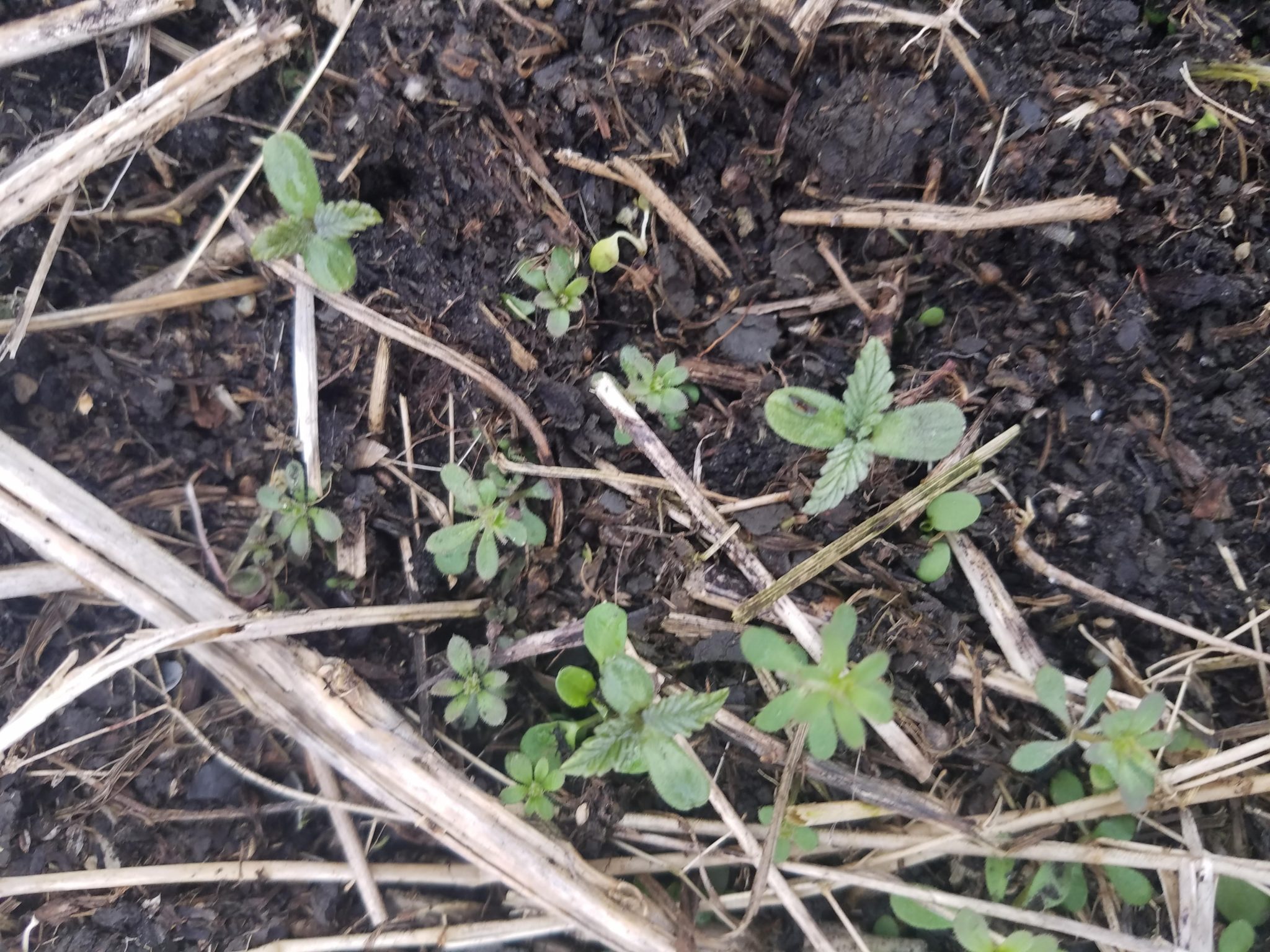
Hemp can germinate in soils between 40-50°F, and with the warm temperatures in late march, volunteer and feral hemp (ditch weed) had the right conditions to pop up.

Hemp can germinate in soils between 40-50°F, and with the warm temperatures in late march, volunteer and feral hemp (ditch weed) had the right conditions to pop up.

The 2020 grazing season has recently started and hay harvest is going to begin soon. As the pasture gets grazed and the forage growing in the field is mown, make sure to evaluate grazing and cutting height so perennial plants have better persistence.
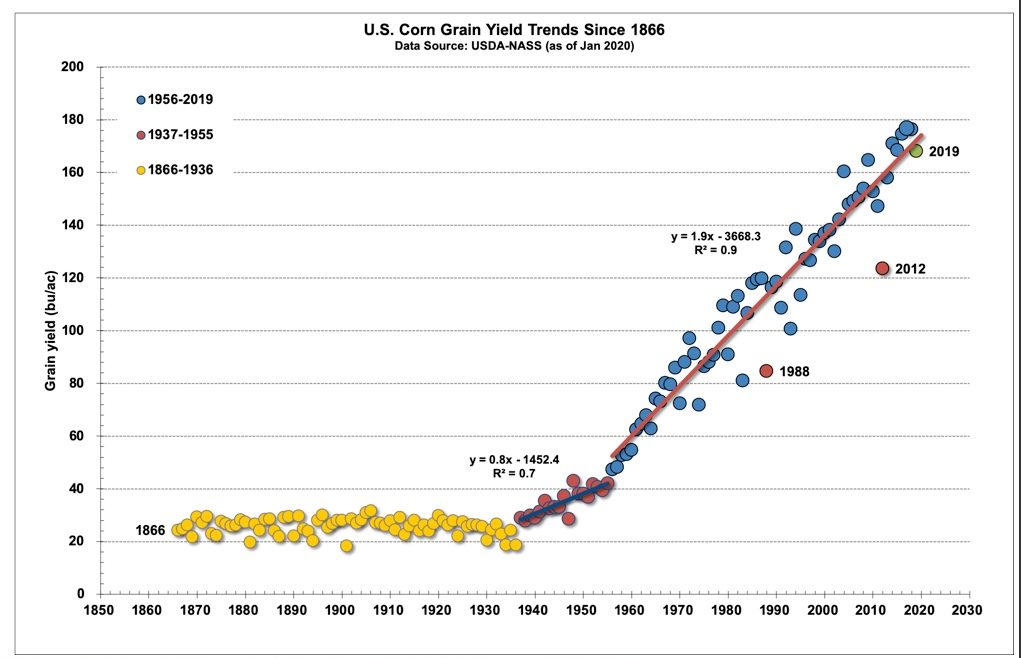
Historical grain yields offer us a glimpse of yields yet to come, although like the stock markets, past performance is no guarantee of the future.
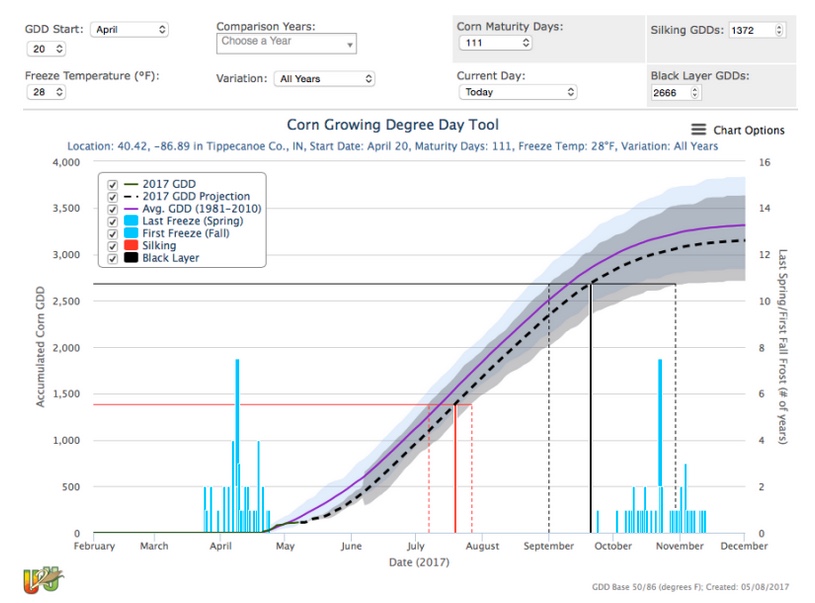
Growth and development of corn are strongly dependent on temperature. Corn develops faster when temperatures are warmer and more slowly when temperatures are cooler.
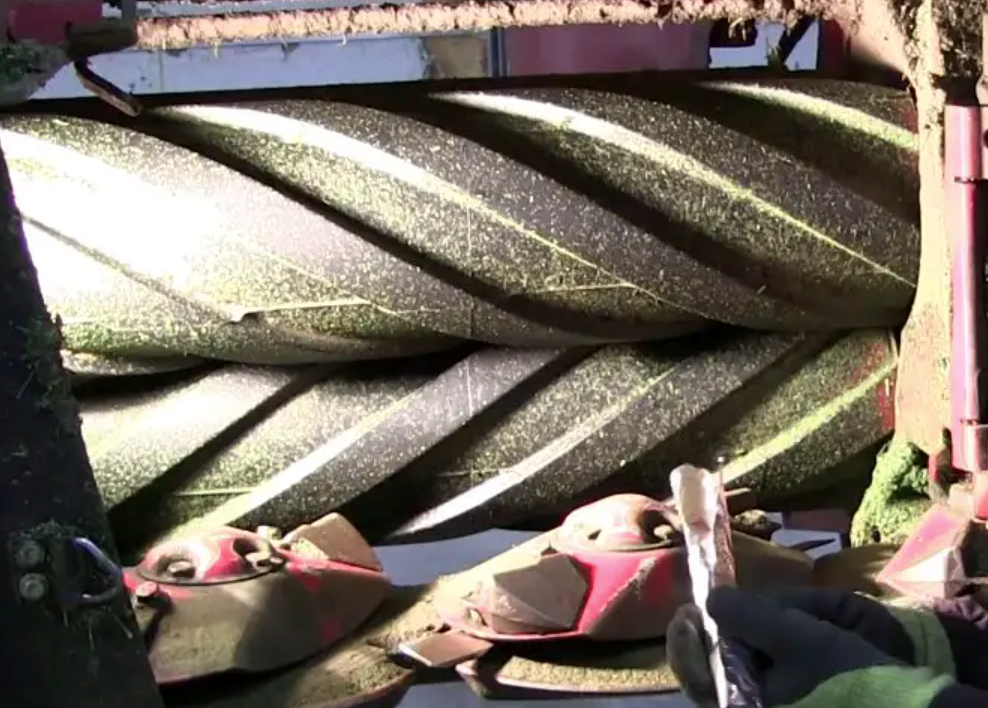
Harvest of cool-season perennial grasses, perennial legumes, and winter-annual small grains will begin within three weeks in Indiana.
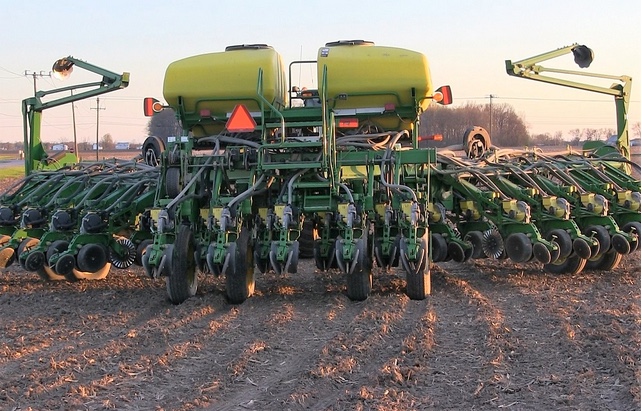
There is now a new Purdue Crop Chat episode available, and this week #4 talks about the ramp up of planting across Indiana and considerations for seeds going into soil that isn’t quite warm enough for establishing the best stands.
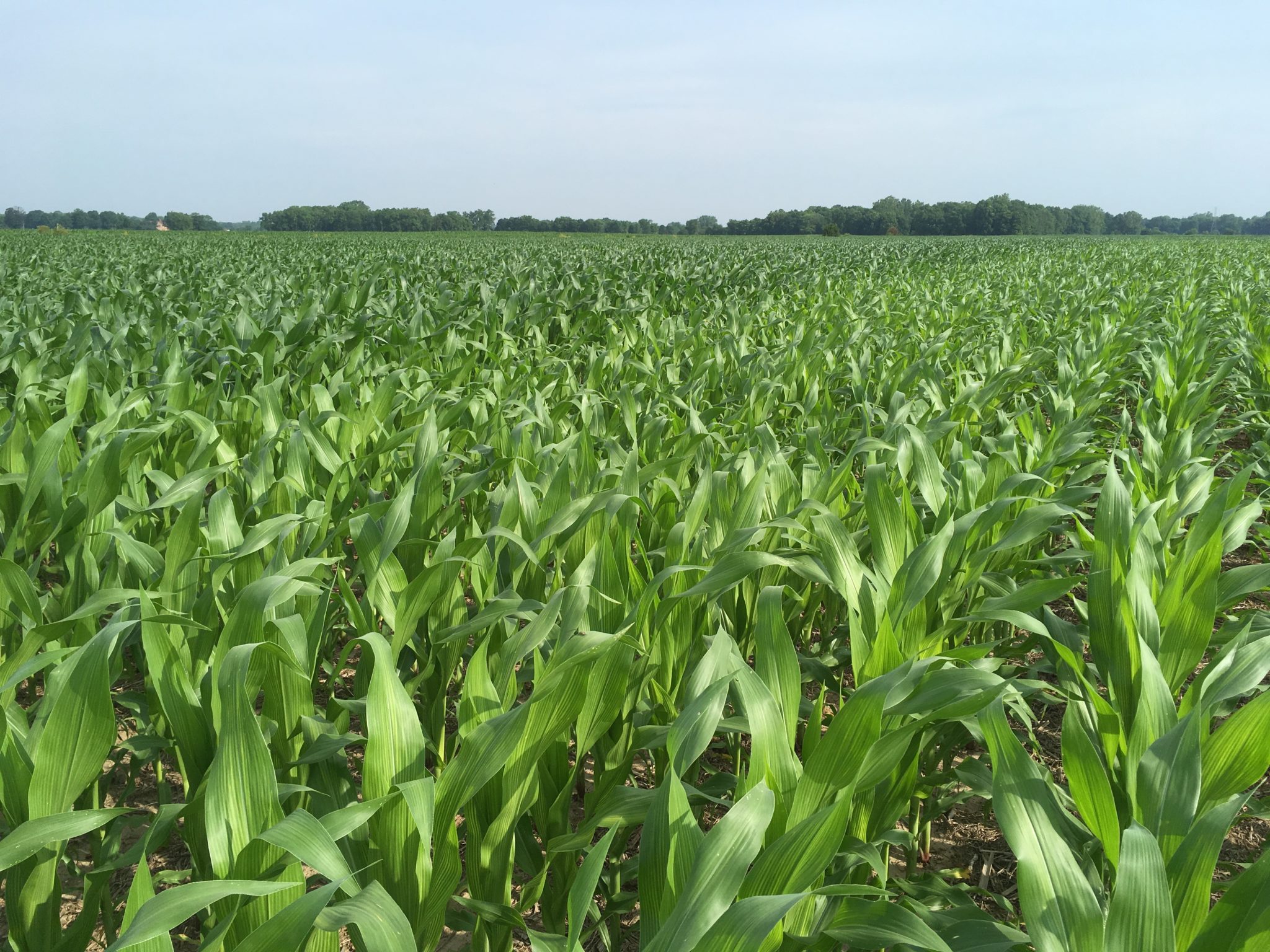
Sulfur (S) deficiency has become more common in Indiana with reduction in atmospheric deposition of S arising from coal-fired power plants.

Rapid, uniform germination and emergence of corn help set the stage for maximum grain yield at the end of the season.
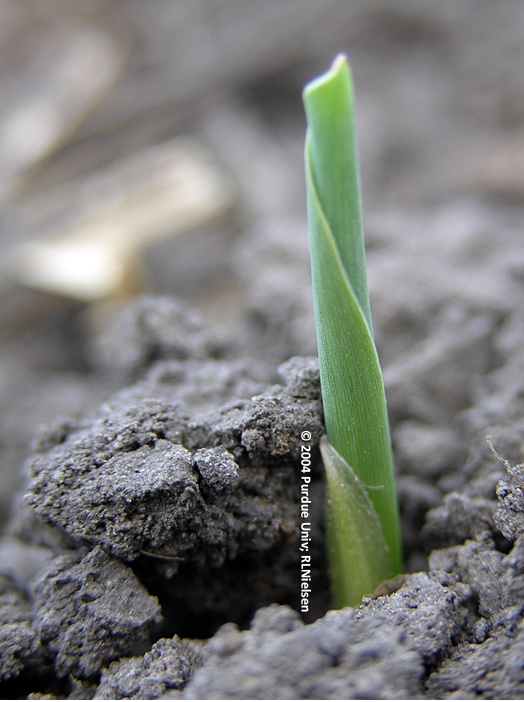
Successful stand establishment of a corn crop relies on many factors, including the successful emergence of the seedlings in the first place.
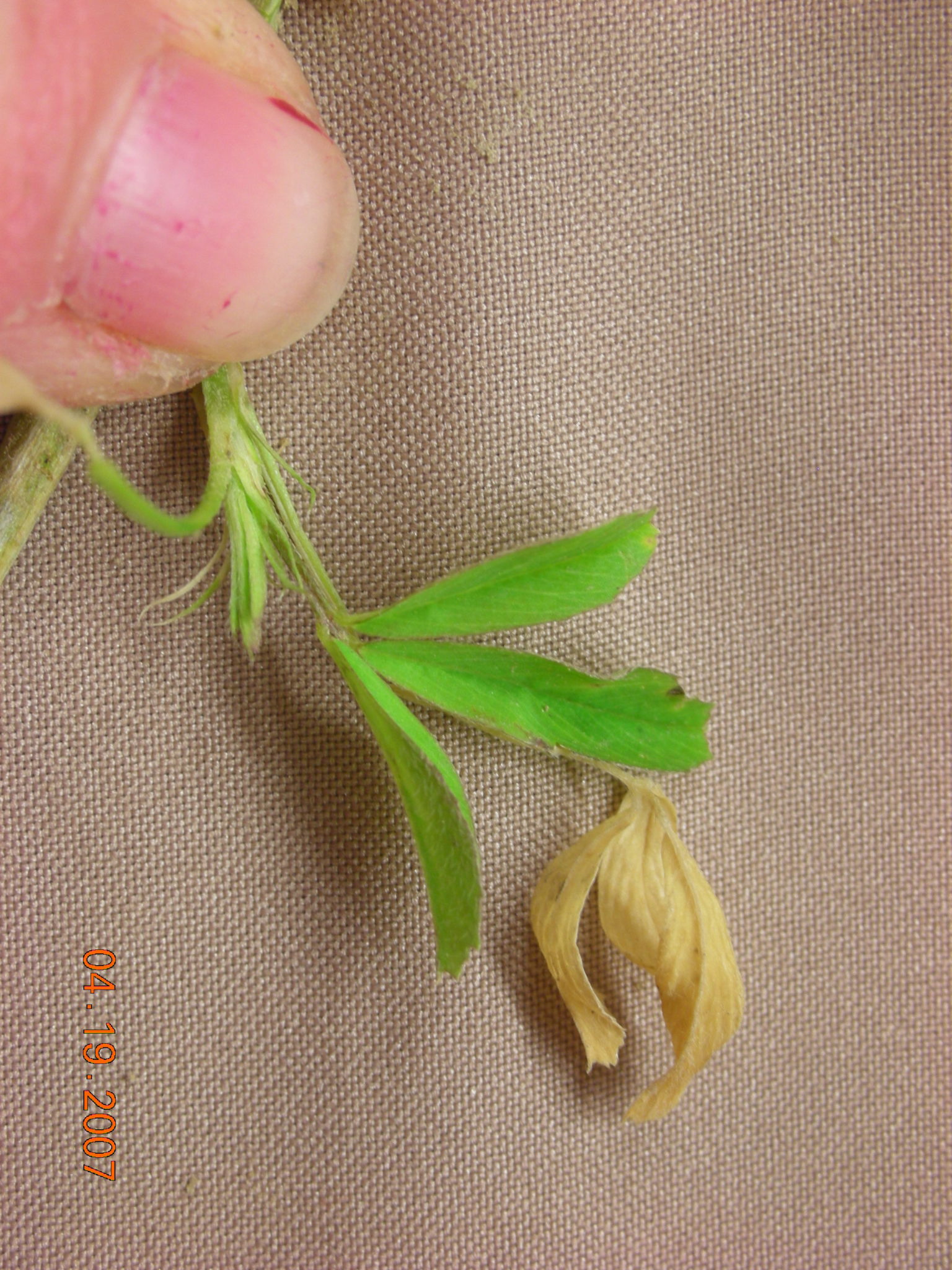
Night time and early morning temperatures across Indiana dipped to lows (less than 28oF) on Wednesday and Thursday that may be concerning to alfalfa producers. Damage may be little to none, or possibly severe. Minimal damage may appear as new leaves emerging next week being bleached. Whereas, severe damage will have the plant losing its upright integrity and appearing water soaked (mushy). New seedlings will take on a water soaked appearance if freeze damaged. Variation in response could be extreme across a field due to differences in temperature because of topography. Older stands that were well managed last year will have a greater chance of survival. Please contact me at johnsonk@purdue.edu if damage is severe because of the freeze events.
© 2025 Purdue University | An equal access/equal opportunity university | Copyright Complaints | Maintained by Pest&Crop newsletter
If you have trouble accessing this page because of a disability, please contact Pest&Crop newsletter at luck@purdue.edu.